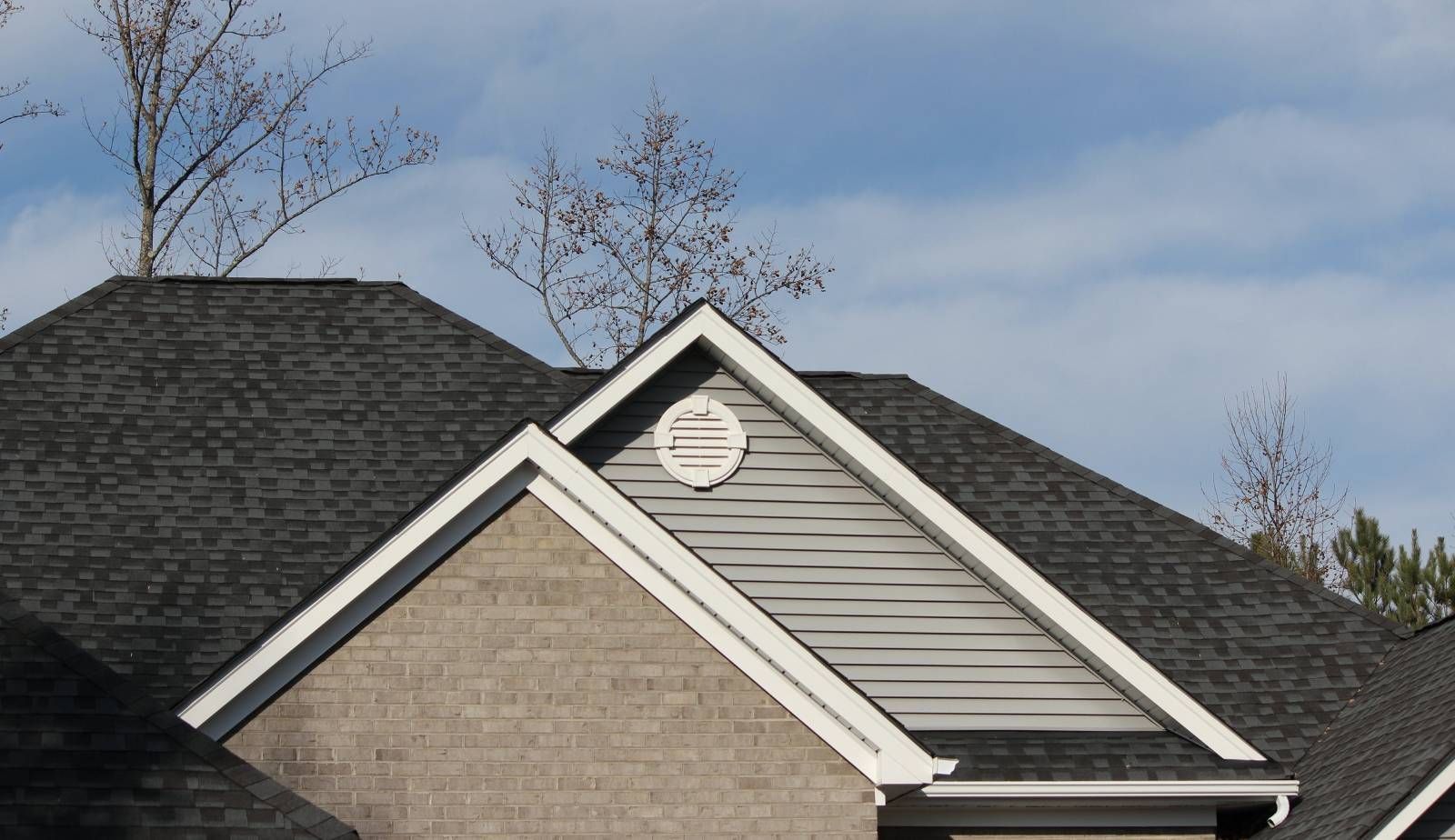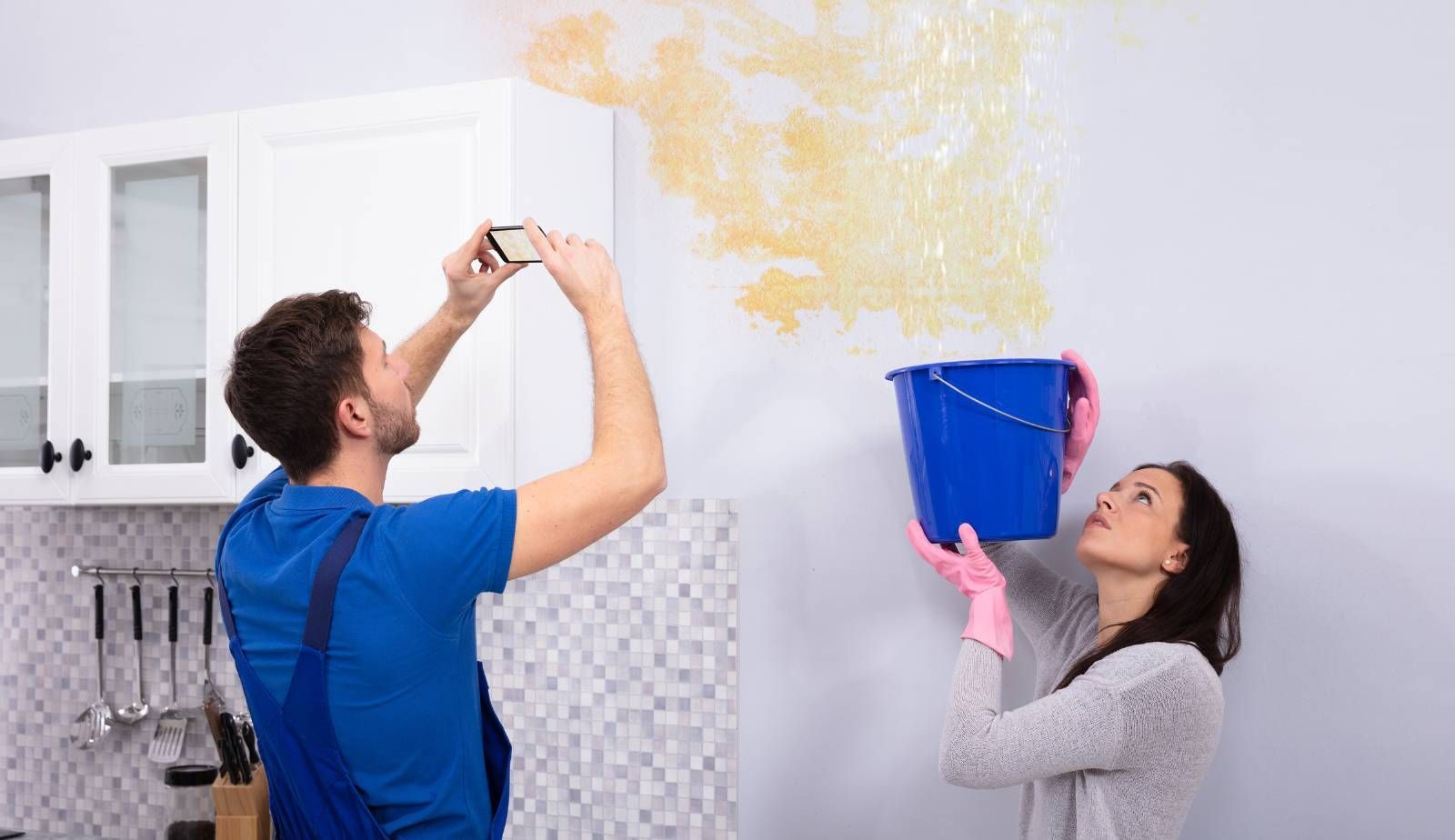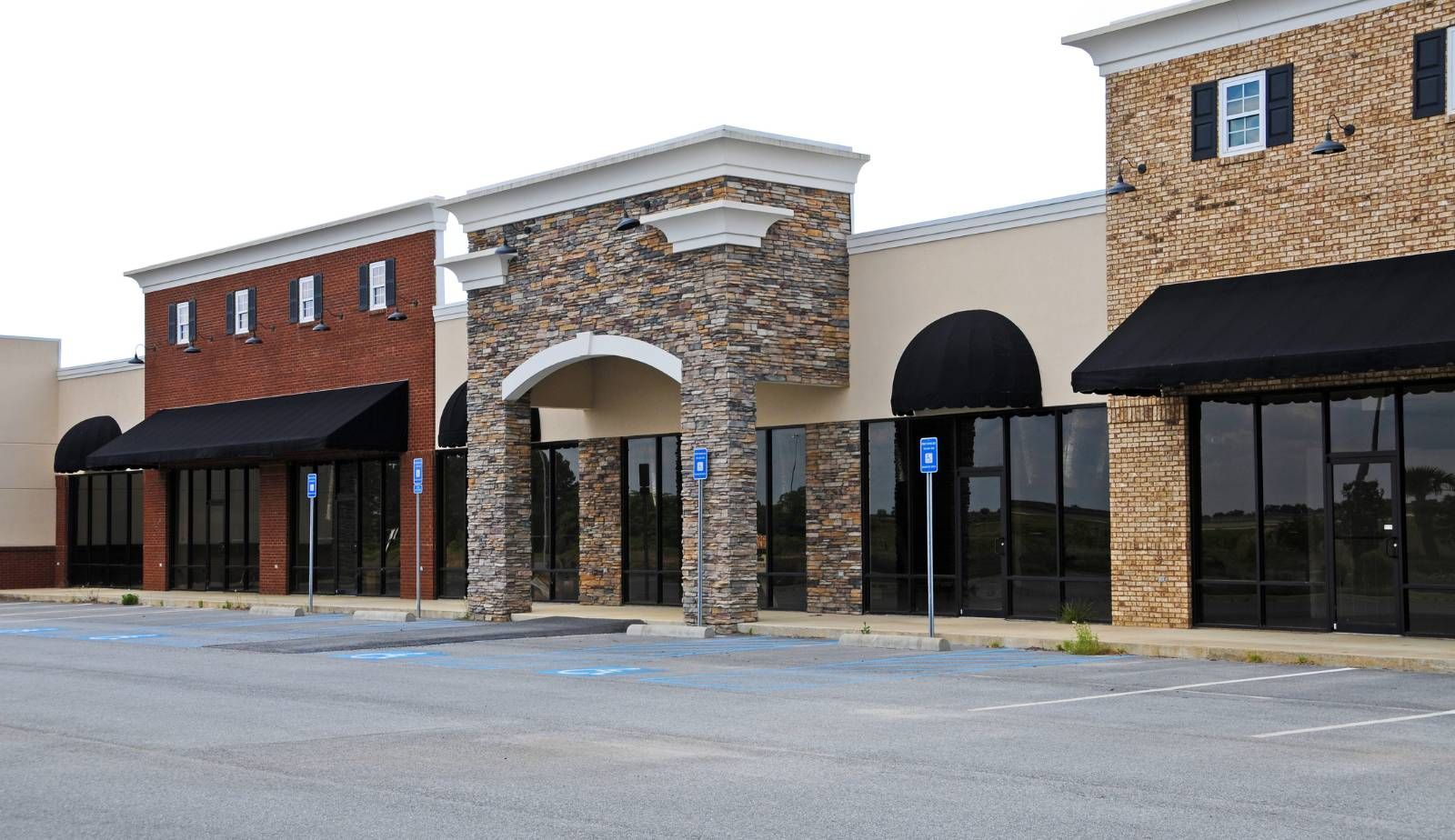Health Risks Associated with Water Damage in Louisiana Homes: Mold Dangers and Prevention Strategies
Water damage in Louisiana homes poses significant health risks to residents. Mold growth, a common consequence of water intrusion, can lead to respiratory issues and allergic reactions. Exposure to mold in water-damaged homes may cause health concerns such as coughing, wheezing, and exacerbation of asthma symptoms.
Beyond mold, water damage can introduce other contaminants into living spaces. Bacteria, viruses, and chemicals from floodwater may linger in affected areas, potentially causing illnesses if not properly addressed. These environmental health hazards require prompt attention to safeguard occupants' well-being.
To mitigate these risks, homeowners should act quickly when water damage occurs. Preventing excessive mold exposure involves thorough cleaning and drying of affected areas within 24-48 hours. Professional remediation may be necessary for extensive damage. Regular home maintenance, proper ventilation, and addressing leaks promptly can help prevent water damage and subsequent health issues in Louisiana homes.
Understanding Water Damage
Water damage in Louisiana homes poses significant health risks. Recognizing the sources, impacts, and assessment methods is crucial for homeowners to protect their health and property.
Sources of Water Intrusion
Water can enter homes through various pathways. Roof leaks, faulty plumbing, and poor drainage are common culprits. Flooding from heavy rains or storm surges also causes extensive damage.
Foundation cracks allow groundwater to seep in, especially in areas with high water tables. Improperly sealed windows and doors create entry points for moisture during storms.
Humidity is a major concern in Louisiana's climate. It can lead to condensation on walls and windows, creating ideal conditions for mold growth.
The Impact of Hurricanes on Louisiana Homes
Hurricanes present a severe threat to Louisiana residences. Storm surges and intense rainfall can quickly overwhelm homes' defenses.
Hurricane Katrina caused widespread flooding and water damage in 2005. Many homes remained submerged for weeks, leading to extensive mold growth and structural damage.
Wind-driven rain penetrates through damaged roofs and broken windows. This can saturate walls, insulation, and flooring materials.
The aftermath of hurricanes often leaves standing water in homes, creating breeding grounds for bacteria and other pathogens.
Assessing Water-Damaged Homes
Proper assessment of water-damaged homes is critical for safety and restoration. Visual inspection is the first step, looking for signs of water stains, peeling paint, or warped materials.
Moisture meters help detect hidden water in walls and floors. These tools are essential for identifying areas prone to mold growth.
Air quality testing can reveal the presence of mold spores or other contaminants. This is particularly important in homes with a history of flooding.
Professional assessors may use thermal imaging cameras to detect temperature differences indicating moisture. This technology helps locate water damage in hard-to-reach areas.
Prompt assessment and action are key to preventing mold growth and mitigating health risks in water-damaged homes.

Health Effects of Water Damage
Water damage in Louisiana homes can lead to serious health consequences. Exposure to contaminated water and the resulting mold growth poses both immediate and chronic risks to residents' wellbeing.
Immediate and Long-Term Health Risks
Water damage can trigger a range of health issues. In the short term, individuals may experience skin irritation, headaches, and nausea from contact with polluted water. Long-term exposure to damp environments and mold spores can cause more severe problems.
Common long-term health effects include:
- Allergic reactions
- Asthma development or exacerbation
- Chronic sinusitis
- Weakened immune system
Children, elderly individuals, and those with pre-existing health conditions are particularly vulnerable to these risks.
Respiratory Health Concerns
Mold growth resulting from water damage is a primary concern for respiratory health. Inhaling mold spores can irritate the airways and lungs, leading to various respiratory symptoms.
Potential respiratory issues include:
- Coughing and wheezing
- Shortness of breath
- Chest tightness
- Throat irritation
People with asthma or allergies may experience more severe reactions. In some cases, prolonged exposure to mold can lead to the development of hypersensitivity pneumonitis, a condition causing inflammation of the lungs.
Gastrointestinal and Other Illnesses
Water damage can introduce harmful bacteria and pathogens into the home environment. Ingestion of contaminated water or food that has come into contact with polluted surfaces can cause gastrointestinal illnesses.
Symptoms of waterborne illnesses may include:
- Diarrhea
- Stomach cramps
- Nausea and vomiting
- Fever
In addition to gastrointestinal issues, contaminated water can lead to skin infections, eye irritations, and in severe cases, neurological problems. Prompt remediation of water damage is crucial to prevent these health risks and maintain a safe living environment.
Mold-Related Hazards
Water damage in Louisiana homes creates ideal conditions for mold growth. Mold poses significant health risks and can spread rapidly if not addressed promptly. Proper prevention and remediation techniques are crucial to protect residents' health and property.
Mold Growth and Exposure
Mold thrives in damp, humid environments common after water damage. It can grow on various surfaces, including walls, ceilings, and furniture. Visible mold growth occurred in 45.5% of homes affected by hurricanes Katrina and Rita.
Exposure to mold can happen through:
- Inhalation of airborne spores
- Direct skin contact
- Ingestion of contaminated food or water
Factors influencing mold exposure include:
- Extent of water damage
- Type of mold present
- Duration of exposure
- Individual susceptibility
Health Issues from Mold Spores
Mold exposure can lead to various health problems, particularly affecting the respiratory system. Common symptoms include:
- Nasal congestion
- Coughing
- Wheezing
- Eye irritation
- Skin rashes
People with allergies, asthma, or weakened immune systems are more susceptible to mold-related health issues. Prolonged exposure may result in more severe conditions, such as:
- Chronic sinus infections
- Asthma exacerbation
- Hypersensitivity pneumonitis

Preventing and Controlling Mold Spread
Effective mold prevention and control strategies are essential to maintain a healthy living environment. Key steps include:
- Moisture control:
- Fix leaks promptly
- Use dehumidifiers in damp areas
- Ensure proper ventilation
- Regular inspections:
- Check for signs of water damage
- Monitor humidity levels
- Inspect HVAC systems
- Prompt cleanup:
- Remove standing water within 24-48 hours
- Dry affected areas thoroughly
- Clean and disinfect surfaces
For extensive mold growth, professional remediation may be necessary. Proper personal protective equipment should be used during cleanup to minimize exposure risks.
Indoor Air Quality and Ventilation
Proper ventilation and moisture control are essential for maintaining healthy indoor air quality in Louisiana homes affected by water damage. These strategies help prevent mold growth and reduce the spread of contaminants that can pose serious health risks to occupants.
Moisture Control and Dehumidification
Controlling moisture is crucial for preventing mold growth and improving indoor air quality. Indoor dampness can lead to health risks for occupants. To manage humidity levels:
- Use dehumidifiers in damp areas like basements and crawl spaces
- Fix leaks promptly to prevent water accumulation
- Ensure proper drainage around the home's foundation
Aim to maintain indoor relative humidity between 30-50%. This range discourages mold growth while remaining comfortable for occupants.
For homes with significant water damage, professional-grade dehumidifiers may be necessary. These units can remove large amounts of moisture quickly, helping to prevent further damage and mold growth.
Ventilation Strategies
Effective ventilation helps remove indoor air pollutants and excess moisture. Proper ventilation strategies include:
- Install and use exhaust fans in bathrooms and kitchens
- Open windows when weather permits to allow fresh air circulation
- Consider whole-house ventilation systems for continuous air exchange
Indoor air pollution can be a serious threat to human health. Adequate ventilation helps dilute and remove indoor pollutants, improving overall air quality.
For homes recovering from water damage, increasing ventilation can help remove lingering odors and accelerate drying. However, it's important to ensure that outdoor air quality is good before increasing ventilation.
Preventing Contaminant Spread in Homes
Minimizing the spread of contaminants is crucial for maintaining healthy indoor air quality. Key strategies include:
- Use HEPA air purifiers to filter airborne particles
- Clean and replace HVAC filters regularly
- Seal off areas undergoing mold remediation
Volatile organic compounds (VOCs) can pose long-term health risks in residential indoor air. Proper ventilation and air filtration can help reduce VOC levels.
For homes with known mold issues, it's important to address the problem promptly. Professional mold remediation may be necessary to prevent further spread of spores throughout the home.
Regular cleaning and maintenance of ventilation systems can also help prevent the spread of contaminants. This includes cleaning air ducts and ensuring that vents are unobstructed.

Preventative Measures Against Water Damage
Protecting homes from water damage requires proactive steps. These measures focus on strengthening the structure, improving air circulation, and maintaining the property regularly. Each approach plays a crucial role in safeguarding against moisture-related issues.
Structural Adjustments
Fortifying a home's structure is essential for preventing water intrusion. Install proper drainage systems around the foundation to divert water away from the house. This includes gutters, downspouts, and grading the land to slope away from the building.
Seal any cracks or gaps in the foundation, walls, and roof. Use waterproof coatings on exterior walls and foundations to create an additional barrier against moisture.
For flood-prone areas, consider elevating critical systems like electrical panels and HVAC units. Install backflow valves on sewer lines to prevent sewage from backing up into the home during floods.
Proper Ventilation Systems
Effective ventilation is key to controlling indoor humidity levels. Install exhaust fans in bathrooms, kitchens, and laundry rooms to remove excess moisture. Ensure these fans vent directly outside, not into attics or crawl spaces.
Use dehumidifiers in basements and other damp areas to maintain optimal humidity levels. Aim for relative humidity between 30-50% to discourage mold growth.
Consider whole-house ventilation systems for comprehensive moisture control. These systems continuously exchange indoor air with fresh outdoor air, reducing humidity and improving overall air quality.
Routine Home Maintenance
Regular maintenance is crucial for preventing water damage. Inspect roofs annually for damaged or missing shingles. Clean gutters and downspouts regularly to ensure proper water flow away from the home.
Check and maintain plumbing systems, including pipes, faucets, and appliance hoses. Replace worn washers and fix leaks promptly. Install water leak detection devices near appliances and in basements.
Maintain proper landscaping around the home. Trim trees and shrubs away from the house to prevent moisture retention near the structure. Regularly clean and maintain outdoor drainage systems to prevent blockages.
Remediation Procedures
Proper remediation procedures are crucial for addressing water damage and mold growth in homes. These processes involve careful planning, safe practices, and thorough cleaning to ensure effective removal of contaminants and prevention of future issues.
Safe Remediation Practices
Personal protective equipment is essential for remediation workers. This includes gloves, goggles, and N-95 respirators to prevent exposure to mold spores and other contaminants.
Workers should isolate the affected area using plastic sheeting to prevent spores from spreading to uncontaminated parts of the home. Proper ventilation is critical during the remediation process.
HEPA air filtration devices help capture airborne spores and improve air quality. Wet vacuuming and damp wiping with detergent solutions are effective for cleaning non-porous surfaces.
Porous materials like carpets and drywall often need to be removed and replaced if extensively damaged. Antimicrobial treatments may be applied to inhibit future mold growth on cleaned surfaces.
Removal of Contaminated Materials
Identify and remove all water-damaged and mold-contaminated materials. This may include drywall, insulation, carpeting, and wooden structures.
Place contaminated materials in sealed plastic bags before disposal to prevent spreading spores. Large items should be wrapped in plastic sheeting.
Clean salvageable items thoroughly using appropriate methods. Non-porous items can often be cleaned with detergent solutions and sanitized.
Dry all affected areas completely within 24-48 hours to prevent further mold growth. Use dehumidifiers, fans, and increased air circulation to speed up the drying process.
Post-Remediation Verification
After remediation, conduct a thorough inspection to ensure all contaminated materials have been removed and affected areas are properly cleaned and dried.
Air sampling and surface testing can verify the effectiveness of remediation efforts. These tests should be performed by qualified professionals.
Visual inspection should confirm no visible mold or water damage remains. Moisture meters can detect hidden dampness in walls or flooring.
Maintain proper indoor humidity levels (30-50%) to prevent future mold growth. Install dehumidifiers if necessary, especially in naturally damp areas like basements.
Regular monitoring and prompt addressing of any new water intrusion or mold growth is essential for long-term prevention of health risks associated with water damage.
Legal and Health Regulations
Louisiana has established regulations and guidelines to address health risks associated with water damage in homes. These cover mold prevention, remediation standards, and building codes to protect residents.
Louisiana Department of Health Guidelines
The Louisiana Department of Health provides guidelines for addressing water damage and mold in homes. They emphasize prompt action to prevent mold growth within 24-48 hours of water intrusion.
Key recommendations include:
- Remove standing water and dry affected areas quickly
- Clean and disinfect all surfaces exposed to water
- Dispose of porous materials that cannot be thoroughly dried
- Use proper personal protective equipment during cleanup
The department also offers resources for mold testing and remediation services. They stress the importance of addressing underlying moisture issues to prevent recurring problems.
CDC Recommendations for Mold and Water Damage
The Centers for Disease Control and Prevention (CDC) offers comprehensive guidance on mold prevention and remediation. Their recommendations align with Louisiana's guidelines but provide additional details.
CDC advice includes:
- Controlling humidity levels to below 50%
- Ensuring proper ventilation in bathrooms, kitchens, and laundry areas
- Using mold-resistant products in high-moisture areas
- Cleaning and drying any damp areas within 24-48 hours
The CDC emphasizes that certain populations, such as those with respiratory conditions or weakened immune systems, may be more susceptible to mold-related health issues.
Building Codes and Water Damage Regulations
Louisiana's building codes include provisions to prevent water damage and mold growth. These regulations focus on proper construction techniques and materials to minimize moisture intrusion.
Key aspects of the codes include:
- Requirements for proper drainage and grading around buildings
- Specifications for waterproofing basements and crawl spaces
- Standards for roof construction and flashing to prevent leaks
- Mandates for proper ventilation in attics and crawl spaces
Local building inspectors enforce these codes to ensure compliance. Homeowners should familiarize themselves with these regulations to ensure their homes meet current standards for water damage prevention.
Access to Assistance and Resources
Louisiana residents affected by water damage can access vital medical care, homeowner resources, and community support programs. These services aim to address health concerns, provide financial assistance, and offer guidance for recovery efforts.
Medical Care for Water-Related Illness
The Louisiana Department of Health and Hospitals provides 24-hour phone assistance for residents experiencing water-related health issues. Local hospitals and clinics offer treatment for mold exposure, respiratory problems, and waterborne illnesses. Mobile health units often deploy to affected areas, bringing medical care directly to those in need.
Telemedicine services have expanded, allowing residents to consult with healthcare providers remotely. This is particularly beneficial for those unable to travel due to flooding or transportation issues.
For ongoing health concerns, community health centers offer follow-up care and medication management. These centers frequently implement sliding scale fees to ensure affordable access for all residents.
Resources for Homeowners Affected by Water Damage
Homeowners can access various resources to address water damage concerns. The Louisiana State University Agricultural Center provides guidance on mold remediation and home restoration techniques.
Local hardware stores often offer workshops on proper cleanup methods and safety precautions. Many distribute free or discounted cleaning supplies and protective equipment to affected residents.
Insurance companies typically provide adjusters to assess damage and initiate claims processes. It's crucial for homeowners to document all damage thoroughly with photos and detailed descriptions.
Professional remediation services are available, with many offering free inspections. These experts can identify hidden moisture and potential structural issues that may not be immediately apparent.
Community and Government Support Programs
The Federal Emergency Management Agency (FEMA) offers financial assistance for temporary housing and home repairs not covered by insurance. Residents can apply online or through local disaster recovery centers.
Louisiana's Watershed Initiative provides long-term planning and funding for flood mitigation projects. This program aims to reduce future flood risks and improve community resilience.
Local food banks and charitable organizations distribute essential supplies to affected families. These often include cleaning materials, non-perishable food items, and personal hygiene products.
Mental health support services are available through community centers and faith-based organizations. These programs offer counseling and support groups to help residents cope with the stress of water damage and recovery.
You might also like
DryMax Restoration Blogs




